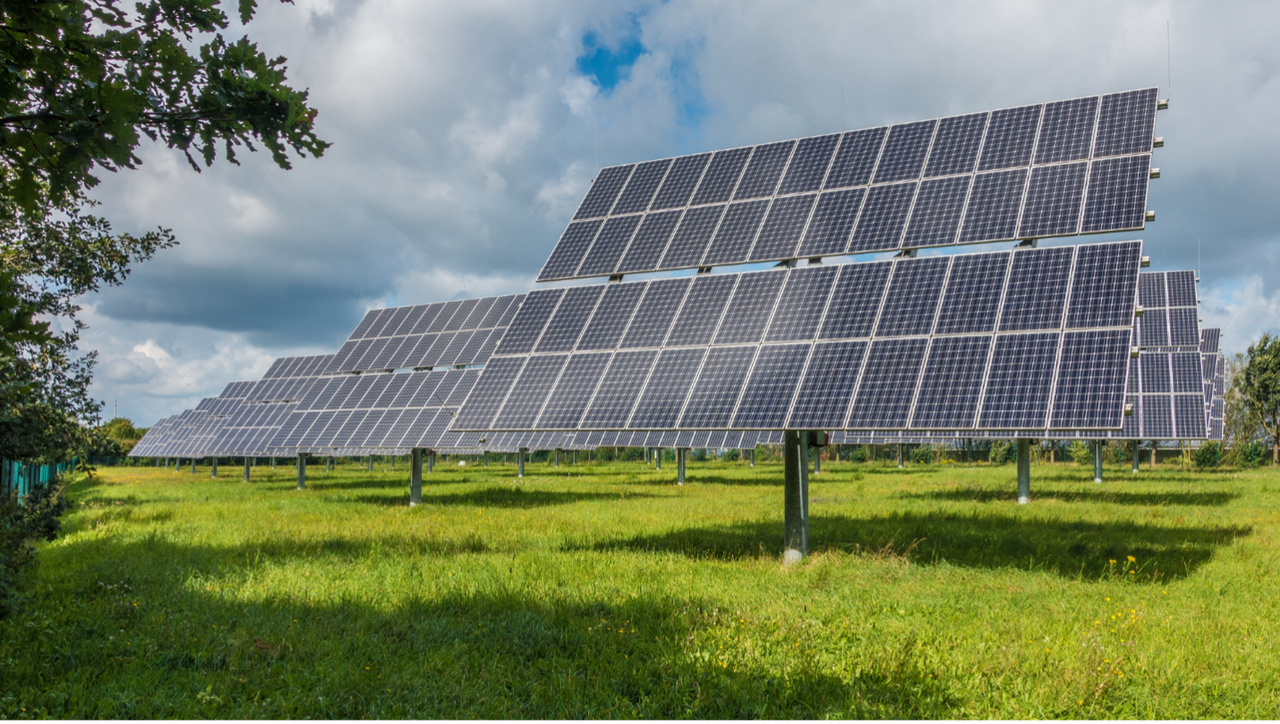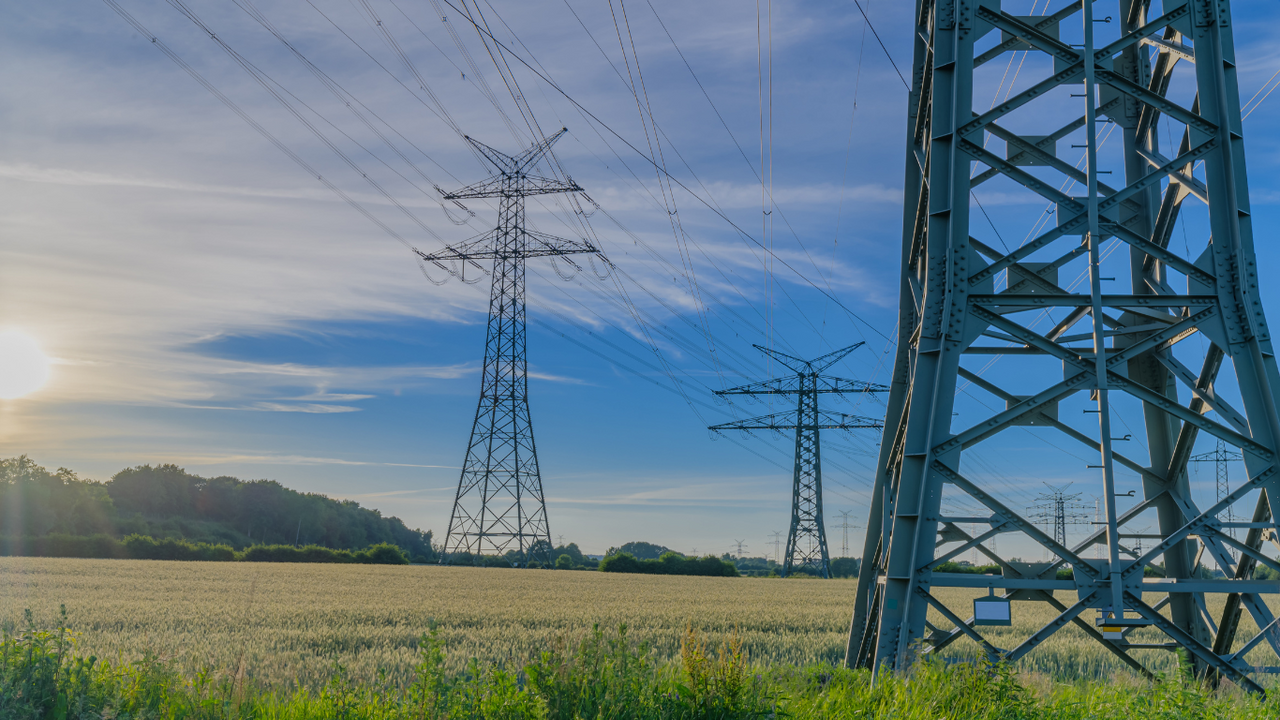News & Insights
Delivering utility-scale solar in Aotearoa
Author
Date
- 2023 October

Chris Jones, RCP’s Energy Sector Lead and Infrastructure Lead for the Wellington region, draws on his extensive involvement in the electrical industry, including key roles in the development of four wind farms. Based on this experience he proposes a fresh approach for delivering solar energy projects in Aotearoa.
As we face the effects of climate change on an almost daily basis, we know that change is needed, especially in addressing our reliance on fossil fuels. Around the world, low carbon generating energy sources including hydro, wind, geothermal, biomass and solar power are playing an increasingly vital role in creating a more sustainable future for our planet.
New Zealand has demonstrated a strong commitment to global action on climate change by setting ambitious goals to reduce greenhouse gases by 50 percent by 2030 through the Paris Agreement, and to reach a net zero carbon economy by 2050 through the Climate Change Response Amendment Act 2019.
Achieving these goals will require significant changes to our use of renewable energy. Emissions from process heat (the energy used for warming spaces and industrial processes) and transport are two areas where we rely heavily on fossil fuels. Moving away from these will require an increased reliance on renewable energy. While New Zealand has the fourth-highest renewable electricity percentage in the OECD, at around 84%, there is both the potential and the need to increase renewable energy through sources other than hydropower. In fact, to achieve our carbon net zero targets we need to achieve a doubling of current generation from wind, geothermal and solar energy by 2050, and we need to start now.
A shining opportunity
With less than 0.5% of our energy currently from solar power, there is an opportunity to develop and grow this potential, especially through utility-scale solar. Utility-scale solar installations, as opposed to the domestic and commercial entity roof top panels which produce energy for onsite use, are typically owned and operated by utility companies or independent power producers. They are designed to feed electricity into the national grid or a local distributed electricity network to supply power to a broad customer base.
Utility-scale solar is an attractive renewable energy option for several reasons, including its scalability, the relatively low cost of the technology (solar panels vs wind turbines and hydroelectric equipment) and the ability to readily export power to its consumers. The environmental and visual impacts for utility-scale solar are easier to mitigate, resource consenting is typically faster and less complicated, and there are generally fewer land requirements. In fact, solar panel arrays can be positioned high enough to allow livestock to graze below them, or planting to occur, creating a diverse “agri-voltaic” farming option. Solar farms also require less extensive civil infrastructure to build, such as access roads, crane platforms, laydown areas and the building of dams, and can therefore be completed faster than their renewable generation counterparts.
 The traditional delivery approach
The traditional delivery approach
While Aotearoa has just a few utility-scale solar farms currently in operation, several more are shortly due for completion and many more are being planned or consented. As we embark on these projects, it’s worth considering an alternative approach for their delivery. Without doubt, there are plenty of learnings to take from overseas, but our unique environment in Aotearoa will also provide opportunities for developers to do things differently.
Engineering, procurement and construction (EPC) delivery is the “go to” delivery model overseas for utility-scale solar and it also appears to be the case for our burgeoning utility-scale solar industry in Aotearoa. A traditional EPC delivery model is a form of “turnkey” contract. That is, the developer (client) pays a contractor (supplier) to design and build a project in totality, for a fixed price that meets the developer’s specifications.
Developing utility-scale solar generally has all the typical considerations and phases associated with any other renewable energy projects in Aotearoa. The developer initially undertakes all the land acquisition, obligatory site selection studies, assessment of topography influences, irradiation levels, the integration of solar power systems into the electrical grid and so forth. Subsequent environmental impact assessments and stakeholder and Iwi consultations feed into the consenting process. All this information ultimately assists with securing funding and power purchase agreements (PPA).
 Sunergise, New Zealand
Sunergise, New Zealand
The importance of local knowledge
While offshore EPC contractors certainly have the hardware and software technical smarts, they don’t necessarily have all the knowledge of how these projects are planned, consented, locally resourced, and compliantly delivered in Aotearoa.
Delivering sustainable, cost-efficient, utility-scale solar in Aotearoa requires a holistic view. Delivery needs to accommodate a uniquely local blend of sustainability, environmental, visibly unobtrusive, socially and culturally sensitive parameters. The complex land use, water consenting, permitting, precursory environmental monitoring, and stakeholder consultation with Iwi and local community groups all have unique nuances. These require careful and sensitive navigation to ensure the project is welcomed by the local community and does not adversely affect the environment. In addition, the project must also deliver the operational and commercial performance desired by the project developer.
Risk and reward
The EPC contractor, in providing a fixed price, must include all cost and time risk allowances. These include all agreed risks associated with the design, construction and consent conditions and stakeholder agreements secured by the developer to deliver their contractual obligations. As with any risk, there is a probability of occurrence. However, if these risks don’t pan out, it simply results in a commercial upside for the EPC contractor.
It is in the interests of the contractor to deliver the project well within the fixed delivery price, thereby maximising their margins. They achieve this through capable and competent management of the project, ensuring that their assigned risks are appropriately managed.
However, the developer does not necessarily get full insight and assurance into the EPC contractor’s strategy to suitably manage the risks and associated cost allowances. The developer is denied the ability to truly see the “health” of interface relationships that may, for instance, dictate the timely supply of specialist componentry and/or resources, and impact the developer’s overall project timelines. The ownership and financial liability of any non-assigned risks still resides with the developer.
While a developer may consider it preferable to assign risk under the EPC model, the developer is paying a premium for the contractor’s commercial allowances for these risks. In situations where the developer wishes to manage the risk more closely, retain a greater hold on the project “purse strings” and control project outcomes, a Project Management Consultancy (PMC) approach is an excellent alternative.
Thinking outside the box
While overseas utility-scale solar developers and wind farm developers routinely use EPC models for their project delivery, in Aotearoa we have home grown experience successfully using PMC approaches for wind farms. The benefit of a project management approach has typically helped to realise lower capital expenditure costs for the developer. In these cases, to ensure a successful outcome, the developer needs a good understanding of the project, its associated risk profiles and what is needed to deliver them. A PMC approach allows developers to dictate where risks (and associated contingency costs) can be best apportioned.
So, given this delivery PMC “step change” approach in wind delivery in Aotearoa has been successful, can the same “step change” approach be applied to utility-scale solar delivery?
Taking a PMC approach keeps the responsibility for managing the project with the developer, allowing them to have oversight and ownership of risk, cost and time contingencies that do not materialise. However, supply chain, construction and commissioning risks would continue to lie with the contractors. Contractors can still bring innovation to the delivery of the project and take an ongoing operational role post construction as part of a wider service offering.
In instances where utility-scale developers in Aotearoa wish to take this more active role in the delivery of the project but are concerned about the level of in-house expertise required, specialist management consultants can be used. While the Kiwi experience in utility-scale solar is still young, there is certainly a wealth of equivalent experience with other sustainable energy projects that is transferable to solar. In wind, for example, successful projects have been project managed with compatible scale, value, and stakeholder and environmental profiles to the utility-scale solar projects planned in Aotearoa.
Under this alternative PMC approach, contractors would be procured under bespoke contracts, with the informed developer managing the procurement process, including the control of the interface between all parties during construction.
Using a PMC consultant to assist the developer with procuring and coordinating technical workstreams allows developers to gain far greater control over the delivery of the project, including contractor and subcontractor performance. This extends beyond the physical works to also include the obligatory health and safety, environmental, and sustainability compliance reporting required for construction projects in Aotearoa. In addition, by managing the project, the developer can prepare a self-informed narrative with stakeholder and local community and Iwi groups.
Overall, A PMC approach should pay for itself, with cost-savings being offset by the EPC contractor’s risk contingency allowances dictated by a fixed price EPC procurement process.
Forging new paths
So, with the plethora of utility-scale solar projects planned in Aotearoa now and into the future, it’s exciting to know that there is an alternative delivery model that has been proven to work for renewable generation projects. Furthermore, having the level of experience and competence locally available for PMC delivery will provide developers with the confidence that these projects can be successfully delivered with benefits arising for both the developer and the community.



